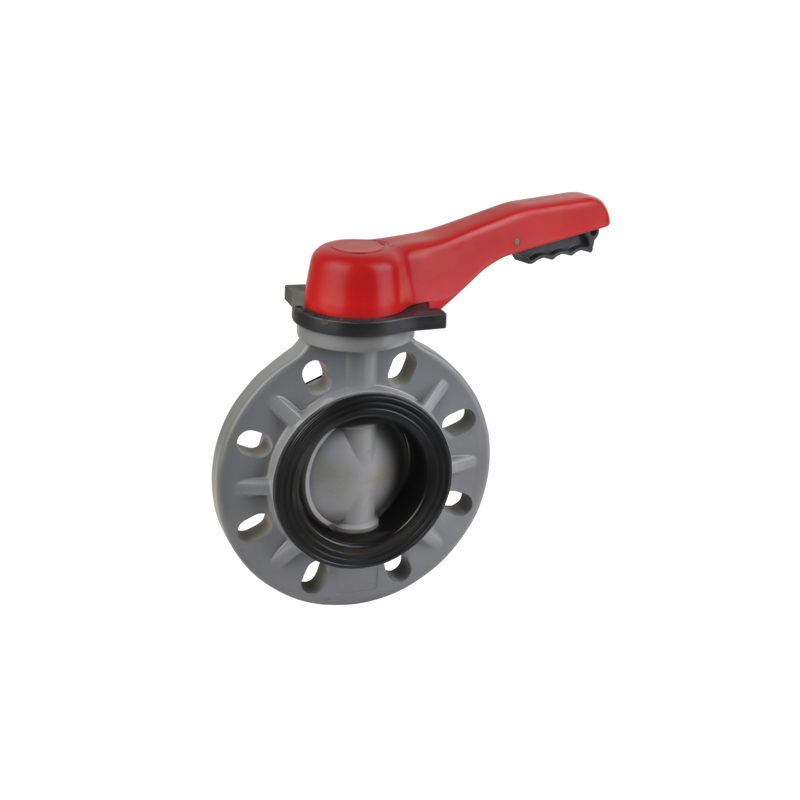Summary:The difference between ball valve and butterfly valve
The biggest difference between the ball valve and the butterfly va...
The difference between ball valve and butterfly valve
The biggest difference between the ball valve and the butterfly valve is that the opening and closing part of the butterfly valve is a plate, while the ball valve is a ball. For lifting movement; butterfly valve and gate valve can adjust the flow through the opening degree; ball valve is not convenient to do this.
Butterfly valve is characterized by fast opening and closing speed, simple structure and low cost, but its tightness and pressure bearing capacity are not good. The characteristics of the ball valve are similar to that of the gate valve, but due to the limitation of volume and opening and closing resistance, it is difficult to achieve a large diameter.
The structure principle of the butterfly valve is especially suitable for making the butterfly plate of the large-diameter valve butterfly valve installed in the diameter direction of the pipeline. In the cylindrical passage of the butterfly valve body, the disc-shaped butterfly plate rotates around the axis, and the rotation angle is between 0° and 90°. When it rotates to 90°, the valve is fully open. The structure is simple, the cost is low, and the adjustable range is large. Ball valves are usually suitable for liquids and gases without particles and impurities. The fluid pressure loss is small, the sealing performance is good, and the cost is high. In comparison, the sealing of ball valves is better than that of butterfly valves.
Ball valve seals rely on the valve seat to be squeezed on the spherical surface for a long time. It must wear faster than hemispherical valves. The seals of ball valves are usually made of flexible materials, which are also difficult to use in high temperature and high pressure pipelines. Butterfly valve seal is mediated by rubber, which is far from the metal hard sealing performance of hemispherical valve, ball valve and gate valve. After long-term use of the hemispherical valve, the valve seat will also have a small amount of wear. It can continue to be used through adjustment. The valve stem and packing only need to rotate 90° during the opening and closing process. When there are signs of leakage, press the packing gland again. A few bolts can achieve no leakage at the packing, while other valves are still barely used for small leakage, and the valve is replaced with a large leakage.
In the process of opening and closing, the ball valve operates under the holding force of the valve seats at both ends. It has a larger opening and closing torque than the half-ball valve. The larger the nominal diameter, the more obvious the opening and closing torque difference. The opening and closing of the butterfly valve is to overcome the deformation of the rubber. to achieve, the torque is larger. The gate valve and globe valve operate for a long time and are laborious.
Ball valve and
plug valve are the same types of valve, only its closing part is a sphere, and the sphere rotates around the centerline of the valve body to achieve opening and closing. Ball valves are mainly used to cut off, distribute and change the flow direction of the medium in the pipeline.
At present, butterfly valve, as a component used to realize on-off and flow control of pipeline system, has been widely used in many fields such as petroleum, chemical industry, metallurgy, hydropower, and so on. In the known butterfly valve technology, the sealing form mostly adopts the sealing structure, and the sealing material is rubber, polytetrafluoroethylene, etc. Due to the limitation of structural characteristics, it is not suitable for industries such as high temperature resistance, high pressure, corrosion resistance, and wear resistance.
A relatively advanced butterfly valve is a three-eccentric metal hard-sealed butterfly valve. The valve body and the valve seat are connected components, and the sealing surface layer of the valve seat is surfacing with temperature-resistant and corrosion-resistant alloy materials. The multi-layer soft stacked sealing ring is fixed on the valve plate. Compared with the traditional butterfly valve, this kind of butterfly valve has high temperature resistance, easy operation, no friction when opening and closing. The advantages of excellent sealing performance and extended service life.


